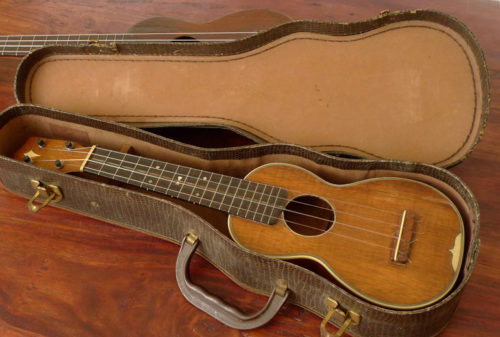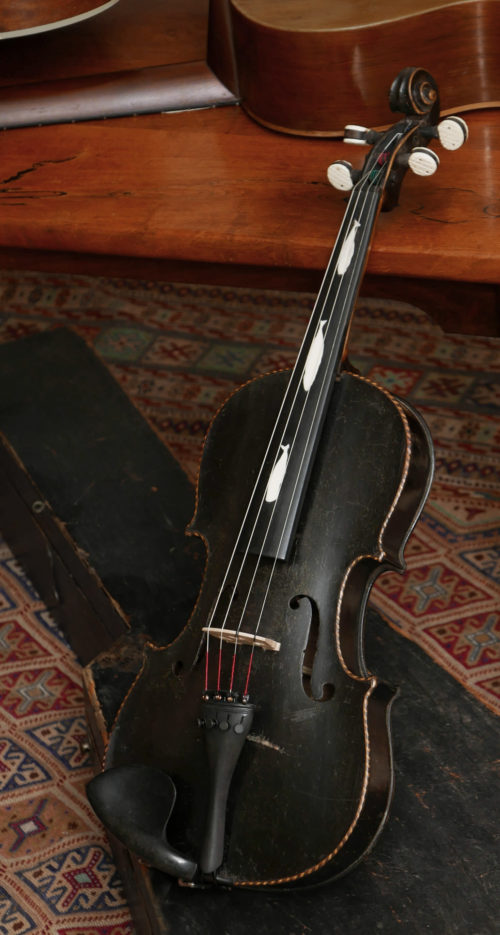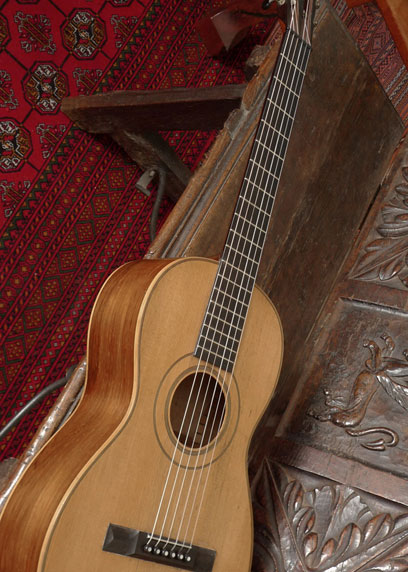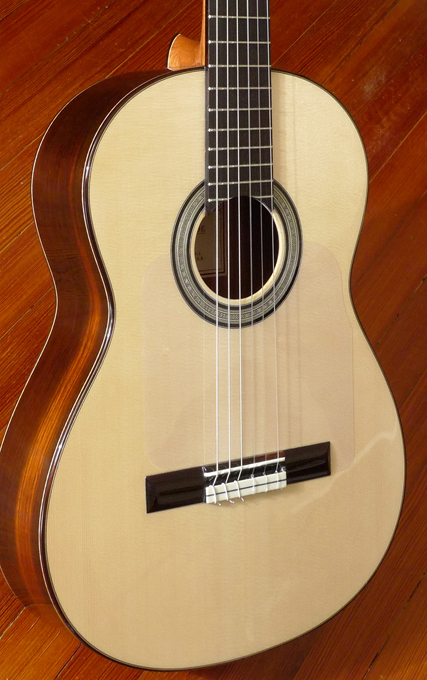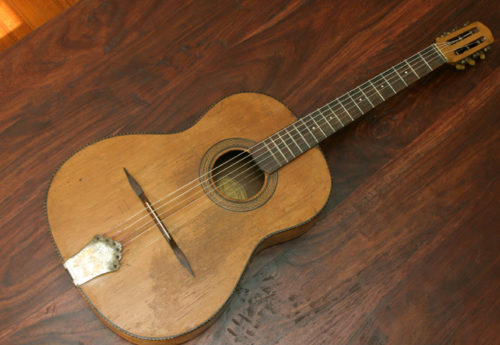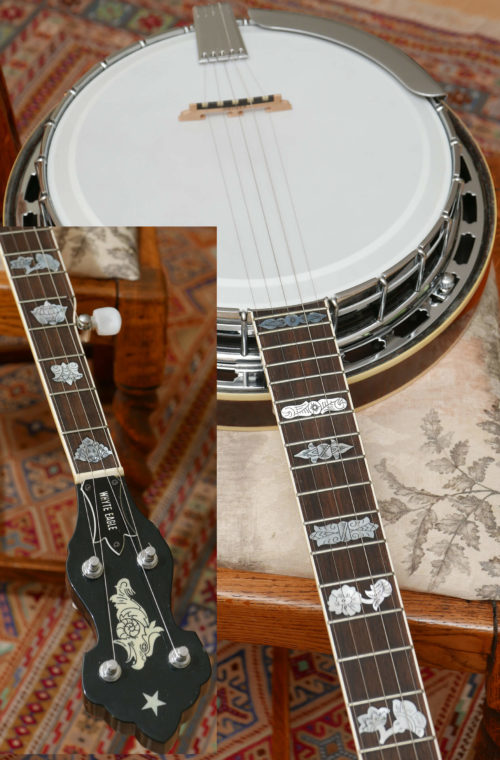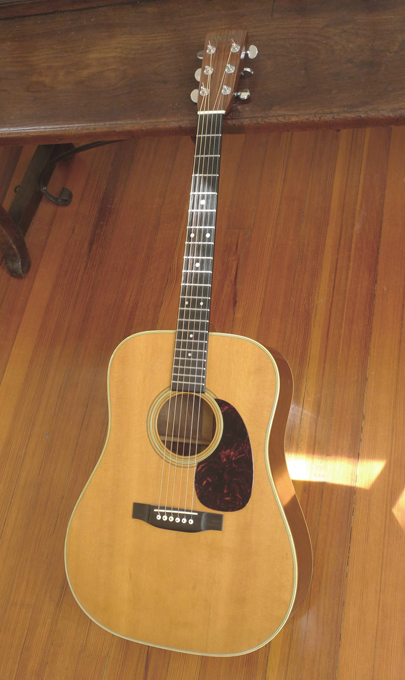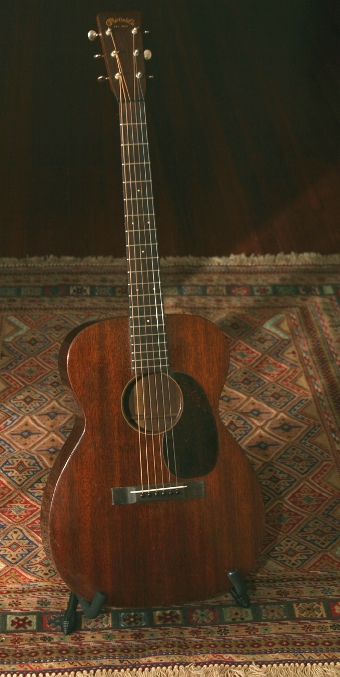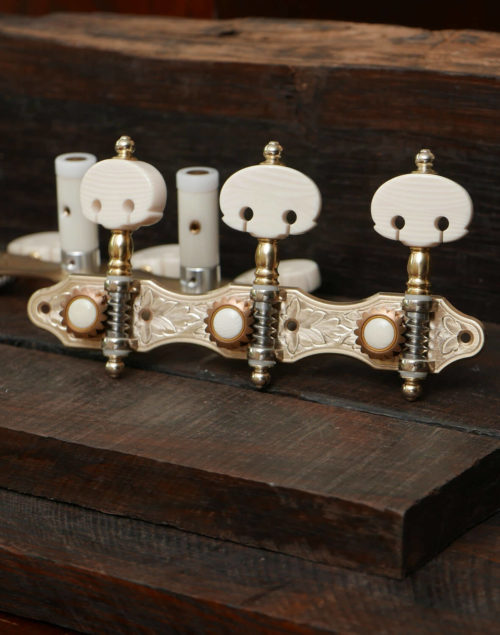This new, custom made Lester Devoe Flamenco Negra is amasterpiece, from one of the world’s top luthiers. Lester Devoe needs nointroduction to the world’s great Flamenco players. The late, legendary Sabicasplayed a Devoe– and converted some of the great Flamenco players in Spain tothe fold. Paco De Lucia, and Vicente Amigo, among others, play Devoe Flamencoguitars. Paco De Lucia began playing a Devoe Negra guitar years ago– and thereare many Paco De Lucia recordings and feature films where Paco plays a DevoeFlamenco guitar.) This is the second custom guitar, that Lester has made for uswith select, old growth, quartersawn AAAAA Brazilian rosewood. Signed by LesterDevoe, 2012 (March).
- 650mm scale length
- Nut: 52mm
- Neck width at nut: 52mm
- 80 year old Brazilian Rosewood (pre-CITES) back and sides (Quartersawn).
- European spruce top
- Cedar neck
- Brazilian Rosewood headstock overlay, and bridge
- Brazilian Rosewood body binding, top and back
- Ebony fingerboard
- Sloane tuners
- Nitrocellulose lacquer finish
Tone is superb, the tone only old growth Brazilian imparts.
To hear an audio clip (audio/video clip) of this guitar, click on the icon below the photo on left. In this clip, Michael Gratovichplays Joaquin Turina's Sonata op. 61 (Third Movement), on a Granados guitar(first 1/3 of this clip), and a Lester Devoe Flamenco Negra guitar (the last2/3 of this clip). We specifically chose this guitarist, and this piece ofmusic, to demonstrate how the Devoe Brazilian Rosewood Negra captures thenuances of more delicate passages, not just the bolder more flamenco-like runs.Recorded in stereo with Miktek C5 Small Diaphram Condensor Microphones (MatchedPair).
